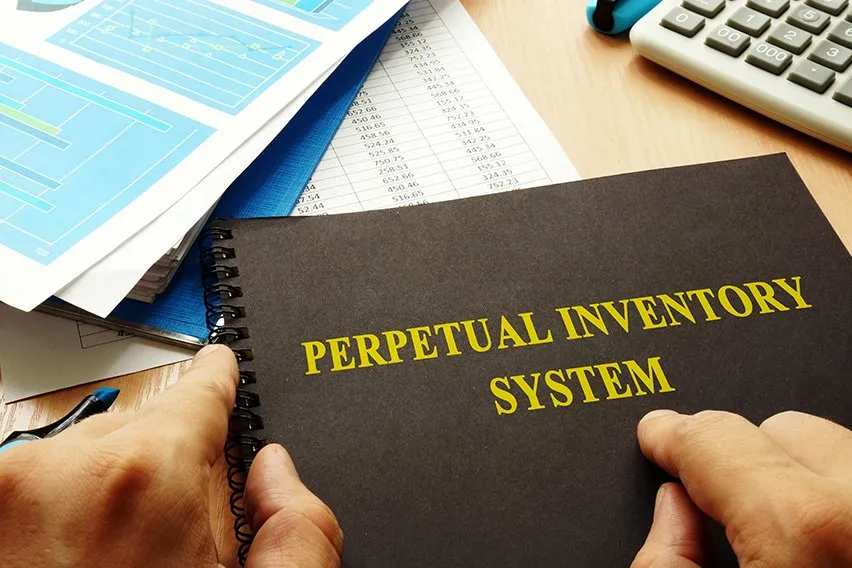What Is a Good Liquidity Ratio?

Liquidity ratio for a business is its ability to pay off its debt obligations. A good liquidity ratio is anything greater than 1. It indicates that the company is in good financial health and is less likely to face financial hardships.
The higher ratio, the higher is the safety margin that the business possesses to meet its current liabilities. The liquidity ratio is commonly used by creditors and lenders when deciding whether to extend credit to a business.
What this article covers:
- What Are the Types of Liquidity Ratios?
- How to Calculate Liquidity Ratio?
- What Is an Example of a Liquidity Ratio?

What Are the Types of Liquidity Ratios?
There are several ratios available for analysis, all of which compare the liquid assets to the short-term liabilities.
The most widely used solvency ratios are the current ratio, acid test ratio (also known as the quick ratio) and cash ratio.
These ratios assess the overall health of a business based on its near-term ability to keep up with debt.
How to Calculate Liquidity Ratio?
Current Ratio
The current ratio, also known as the working capital ratio, measures the business’ ability to pay off its short-term debt obligations with its current assets.
The formula for calculating the current ratio is as follows:
Current Ratio = Current Assets / Current Liabilities
So, if the current assets amount to $400,000 and current liabilities are $200,000, the current ratio is 2:1.
Current assets are liquid assets that can be converted to cash within one year such as cash, cash equivalent, accounts receivable, short-term deposits and marketable securities. The current liabilities refer to the business’ financial obligations that are payable within a year.
Obviously, a higher current ratio is better for the business. A good current ratio is between 1.2 to 2, which means that the business has 2 times more current assets than liabilities to covers its debts.
A current ratio below 1 means that the company doesn’t have enough liquid assets to cover its short-term liabilities. A ratio of 1:1 indicates that current assets are equal to current liabilities and that the business is just able to cover all of its short-term obligations.
Acid Test Ratio
The acid test ratio or the quick ratio calculates the ability to pay off current liabilities with quick assets.
The quick assets refer to the current assets of a business that can be converted into cash within ninety days. It excludes supplies, inventory and prepaid expenses.
The formula to calculate the acid test ratio is:
Acid Test Ratio = (Cash and Cash Equivalents + Current Receivables + Short-Term Investments) / Current Liabilities
If the balance sheet does provide a breakdown of the current assets, you can calculate the acid test ratio using the formula:
Acid Test Ratio = (Total Current Assets – Inventory – Prepaid Expenses) / Current Liabilities
Businesses with an acid test ratio less than one do not have enough liquid assets to pay off their debts. If the difference between the acid test ratio and the current ratio is large, it means the business is currently relying too much on inventory.
Since the inventory values vary across industries, it’s a good idea to find an industry average and then compare acid test ratios against for the business concerned against that average.
Cash Ratio
Cash ratio, also called cash asset ratio, is the ratio of cash and cash equivalent assets to its total liabilities.
The ratio indicates the extent to which readily available funds can pay off current liabilities. It is often used by lenders and potential creditors to measure business liquidity and how easily it can service debt.
The formula for calculating the current ratio is as follows:
Current Ratio = (Cash + Cash Equivalent) / Current Liabilities
If the cash ratio is equal to 1, the business has the exact amount of cash and cash equivalents to pay off the debts. If the cash ratio is less than 1, there’s not enough cash on hand to pay off short-term debt.
If a company’s cash ratio is greater than 1, the business has the ability to cover all short-term debt and still have cash remaining. However, a higher ratio may also indicate that the cash resources are not being used appropriately since it could be invested in profitable investments instead of earning the risk-free rate of interest.

What Is an Example of a Liquidity Ratio?
| Particulars | Amount |
| Cash and Cash Equivalent | 3000 |
| Short-term investments | 500 |
| Receivables | 1000 |
| Stock | 4000 |
| Other Current Assets | 200 |
| Total Current Assets | 8700 |
| Accounts Payable | 2000 |
| Outstanding expenses | 800 |
| Tax payable | 1000 |
| Deferred revenue | 900 |
| Total Current Liabilities | 5700 |
1. Current Ratio = Total Current Assets / Total Current Liabilities
Current Ratio = 8700 / 5700 = 1.53
2. Acid Test Ratio = (Total Current Assets – Stock) / Current Liabilities
Acid Test Ratio = 8700 – 4000 / 5700 = 0.83
3. Current Ratio = (Cash + Cash Equivalent) / Current Liabilities
Current Ratio = 3000 / 57000 = 0.53
The liquidity ratio has an impact on the credit rating as well as the credibility of the business. The more liquid your business is, the better equipped it is to pay off short-term debts.
On the other hand, if there are continuous defaults in repayment of a short-term liability, it can lead to bankruptcy. Hence, this ratio plays important role in assessing the health and financial stability of the business.
RELATED ARTICLES

 Cash Basis Accounting: Definition, Example, Pros and Cons
Cash Basis Accounting: Definition, Example, Pros and Cons What Is the Matching Principle and Why Is It Important?
What Is the Matching Principle and Why Is It Important? What Is Fair Value Accounting?
What Is Fair Value Accounting? Continuing Operations: What Are Continuing Operations of a Business?
Continuing Operations: What Are Continuing Operations of a Business? How to Calculate Overhead Costs in 5 Steps
How to Calculate Overhead Costs in 5 Steps What Is a Perpetual Inventory System?
What Is a Perpetual Inventory System?